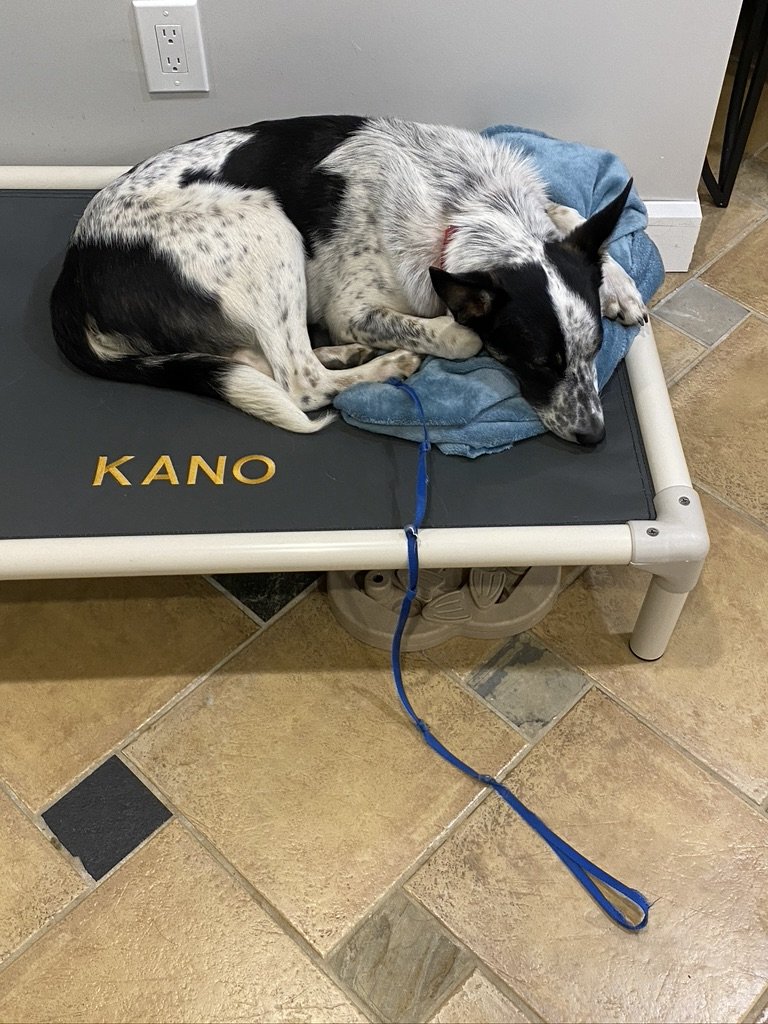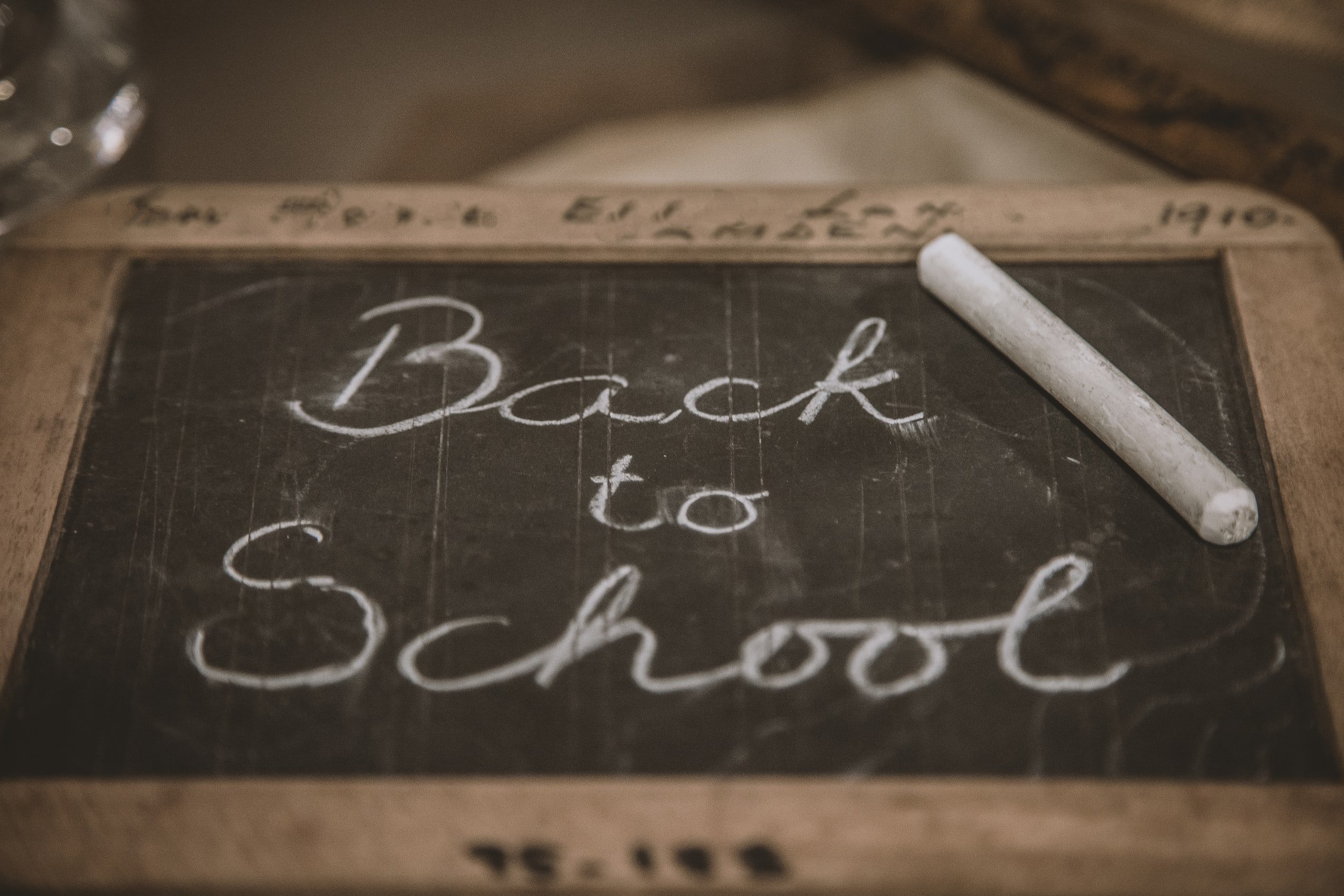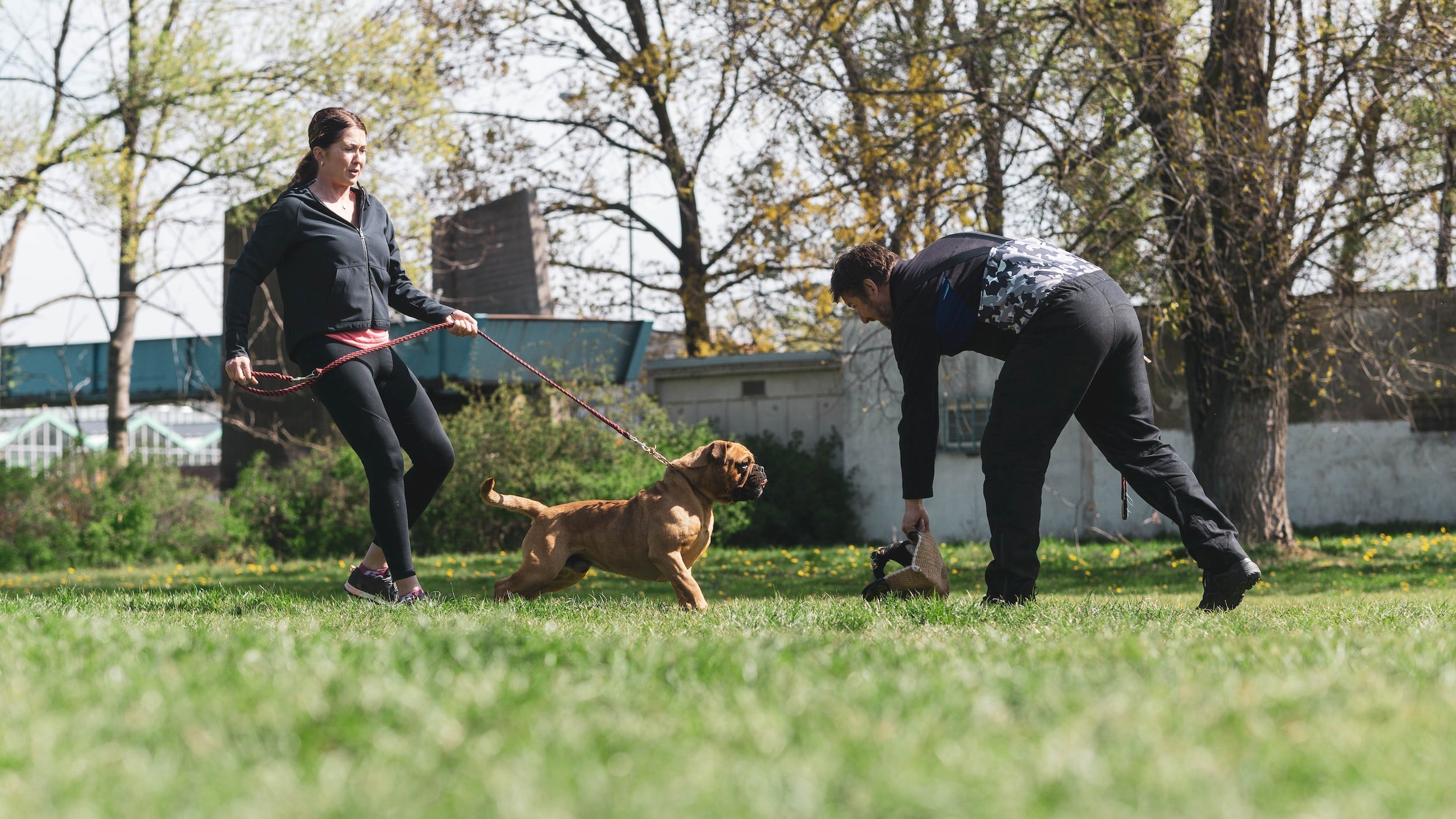You can begin again at any time. (Photo: yellow street art that reads: And so I chose to begin again)
Owners always want to know where to begin when everything is out of control. You got a puppy, you walk him every day, but he’s misbehaving so much in the home that no one is having fun anymore. You feel guilty for separating him from your kids so often, but he’s chasing them, trying to mount them, nipping at them, and stealing their toys. He also takes other household items and guards them, eats food off of your countertops, and nabs snacks out of your toddler’s hands. When your puppy is alone in the yard, he digs massive holes and barks at…well, everything. When you want to bring him back inside, he won’t come when called — he makes a huge game of catch-me-if-you-can while your dinner burns on the stove. Sound familiar?
It can feel very overwhelming when your dog is out of control (Photo: woman crying)
How do you begin again when life with your puppy feels like chaos? Where do you even start when you feel like you’re weathering a massive storm in the middle of the ocean and the calm horizon is nowhere in sight?
Just like when you build a home, you need a solid foundation first. Here are some of the things you need to teach your puppy to lay a solid foundation.
Before you see this list, you must do something very important. You must sit down with everyone who lives with and regularly interacts with your dog and ensure that everyone will be consistent with the plan. You must also write down the list of commands your dog already knows (you may be surprised to learn that the people you live with use different words and hand signals than you do) — it’s time to select and agree on one word and one hand signal for each command. You should also take this time to make a list of the things you need to teach your puppy to provide him with clarity and happiness.
United we stand. Divided we get our butts kicked. (Photo: eight hands placed in a circle)
Here are some of the things you should include in your list:
Recall - Practice recall every day. A great place to start is on-leash in your home. It’s easier for your puppy to learn when he’s not distracted by squirrels, blowing leaves, and other dogs.
Crate - Teach your puppy to love his crate. Dogs are den animals who require downtime.
Place command - Think of place as your puppy’s zen zone. Learning to be calm is a game-changer. Place also provides a job for your puppy (lay here calmly until I come get you.) You can’t steal a tea towel when you’re on place. You can’t bark out the window, chase a toddler, or bolt out the front door when you’re on place either. It solves a lot of problems while creating a content pup.
Heel - A dog who follows you on walks is no longer in charge of making the decisions (yanking to grab that stick, pulling to every dog, dragging you toward every squirrel, etc.)
Break - Clearly communicating to your puppy when it’s time to walk nicely and when it’s time to take a break to sniff/potty/have playtime with you is one of the greatest gifts you can give your pup. Pulling all the time isn’t good for his body and it isn’t good for yours either.
Let’s go - “Let’s go” clearly communicates that break time is over and it’s time to begin walking again. You need to teach this, not yank on the leash. Saying “let’s start walking again” and then yanking on the leash is like me saying “Hey, wanna go to Wonderland with me today?” and then me smacking you in the face. Why would you want to go with me? I asked you to do something fun and then whacked you without even waiting for you to respond. I’m not very fun, am I?
This is what “let’s go” should look like. (Photo: toddler heeling with a small terrier)
This is not the way to say “let’s go” to a dog. (Photo: toddler trying to drag a pug on leash)
Leave it - This is what you teach your puppy so they understand not to pick up that shoe, kid’s toy, clothing item, dead thing on the ground, etc. It is different from “drop it.”
Drop it - You’ll hear me using “aus” in all of my videos with Magic. This is German for “out.” I like it because it’s a softer sound than “drop it” and faster to say because it’s only one syllable. Drop it/aus is what you want to teach your dog so that you can communicate to them: drop what is in your mouth. It’s great for fetch, so you can communicate clearly to get the toy back. It makes tug of war an enjoyable game for both you and your dog. It’s also wonderful for in the home, if your pup tends to pick things up that he shouldn’t.
Stay - Stay is a very helpful command to let your dog know to stay right where they are until you say “break” or “come” or return to their side and lead them away (using “let’s go”.) You can use “stay” as you step outside your home before inviting your calm pup out for a walk with you. You can use stay if you’re at your friend’s house and you don’t have your cot or crate and someone breaks a glass in the kitchen. You can use “stay” for when you arrive at the parking lot of your favourite hike and you want to communicate “stay in the car while I assess the safety of the parking lot before inviting you out of the car.”
Threshold Training - Teach your puppy to wait until invited through all doorways, down stairs, through gates, out of the crate, and into and out of your car door.
Now you have:
-agreement that all family members will be consistent moving forward
-an understanding of the foundations that you need in order to live in harmony with your dog
-a list of what your dog already knows
-a list of what you need to teach your dog
Don’t make this mistake:
A lot of owners try to pick and choose off the foundation menu as if these items aren’t all necessary and then struggle through day-to-day life with their dog. It’s time to stop struggling. When you take the time to teach your dog all of the basic foundations, you’ll see how they work together to create the harmony you’ve been looking for all along.
Start small. Keep sessions short, positive, and fun.
Set yourself and your puppy up for success by teaching new behaviours inside your home in an area of low distraction. You may need to wait until your toddler is napping and your cat is snoozing to achieve less distraction (and that’s okay.)
If you aren’t sure how to begin teaching your dog these foundational skills, that’s okay. You’re not a dog trainer. Bring in an in-home trainer who can help teach you how to teach all of these things to your pup.
Schedule a free call with us now. It’s time to escape the chaos. We can’t wait to help you.
Alyssa
Photo: Jon Tyson @jontyson (yellow street art that reads: And so I chose to begin again,) Kat J
@kj2018 (woman crying,) Hannah Busing @hannahbusing (eight hands placed in a circle,) Robert Eklund
@roberteklund (toddler heeling with a small terrier,) Vidar Nordli-Mathisen @vidarnm (toddler trying to drag a pug on leash.)



























































